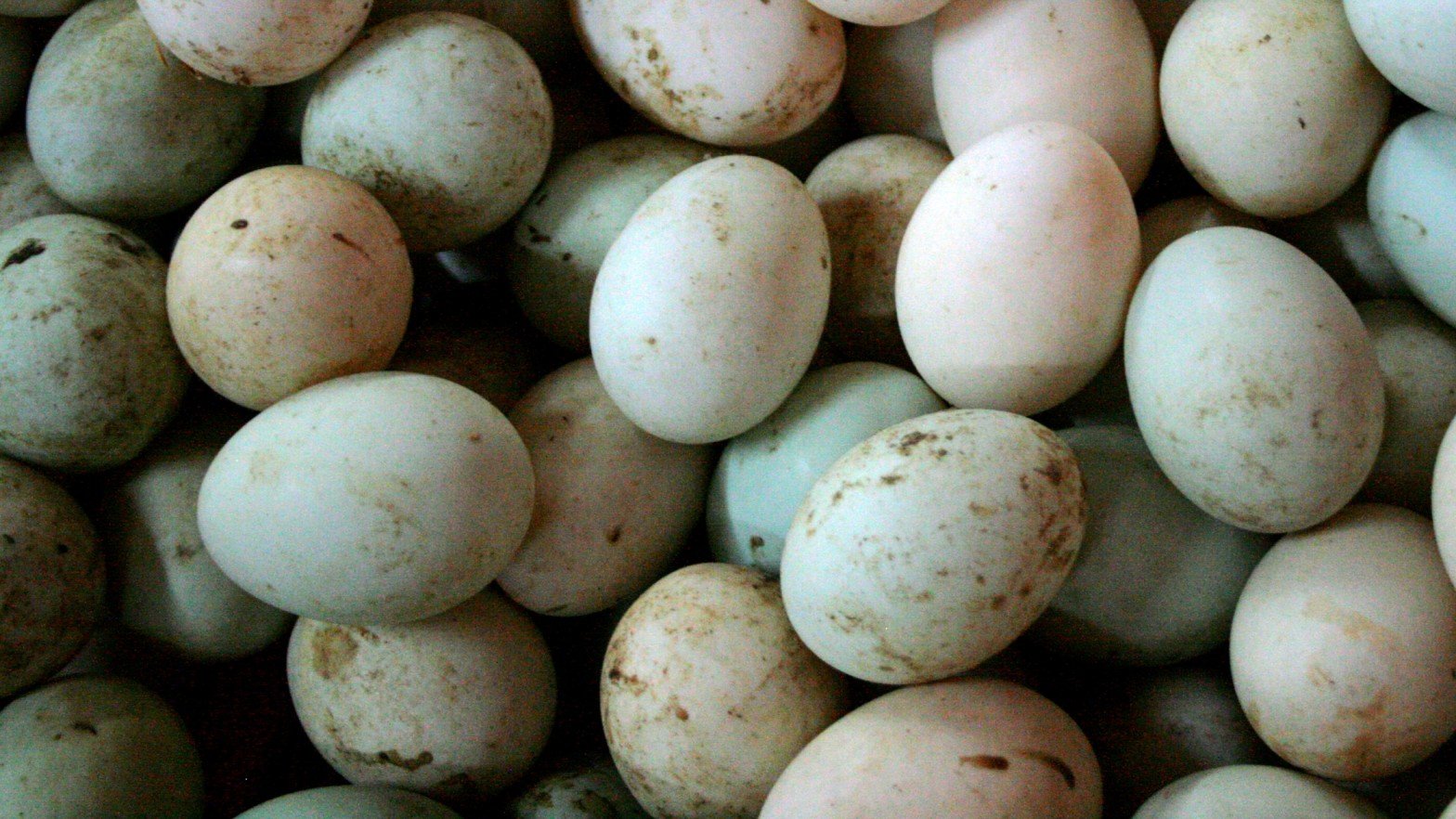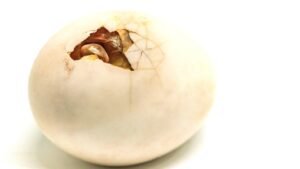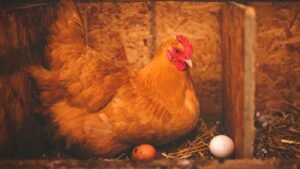Ducks have been bred over the years to serve as a source of egg production, and this has caused several duck breeds to have problems with going broody. While some duck breeds will readily sit on their eggs, others will not. If you have a duck that won’t sit on her eggs, you will need an incubator to have any hope of hatching her eggs.
It takes about 28 days for a duck egg to hatch. Although depending on the breed you have, it may take longer. We will go into more detail further down this blog post. Keep reading.
Duck Egg Incubation Period (Natural)
This blog post will explore how ducks hatch their eggs naturally and how you can incubate a duck egg if you have a breed that won’t sit on her eggs.
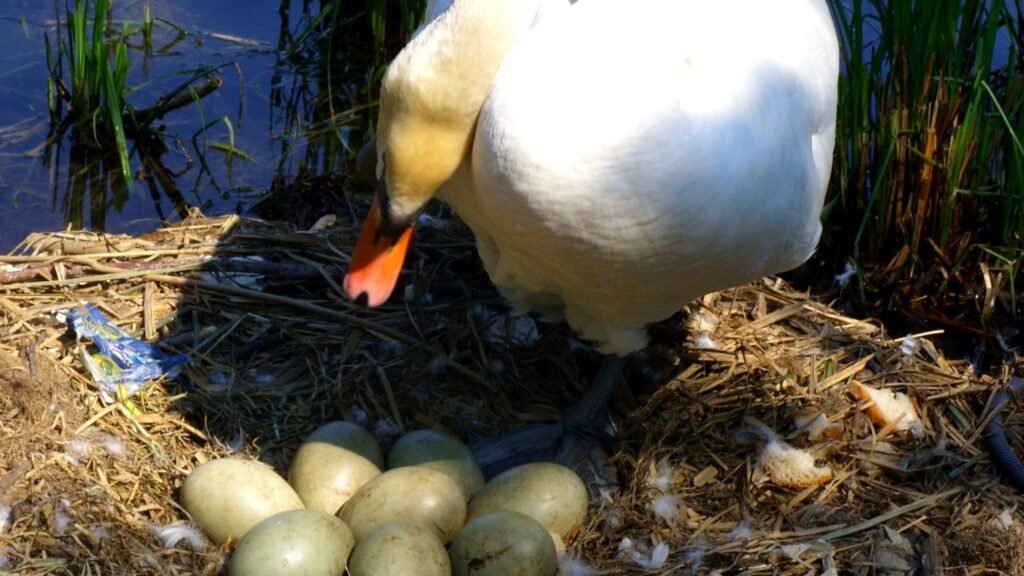
When a duck lays her eggs, natural incubation starts immediately. The female duck sits on her eggs tightly and rarely leaves the nest. She only leaves the nest when she has to take short breaks to eat. This is common behavior amongst birds; we saw it in the nesting behavior of hummingbirds and robins.
Duck eggs hatch 28 days after incubating the eggs. In the space of twenty-four hours, all the eggs hatch. The baby ducks then stay in the nest together, drying up and getting used to the feel of their legs. The next morning, their mom leads them to the waste. Quite fast, right? Yes, it needs to be quick because their survival depends on how soon they can reach the water.
The first walk to the water is usually the hardest part of a duckling’s life. The road to the water can be dangerous as the ducklings struggle to get to the water on time. When they get to the water, their mom teaches them what is edible and what isn’t.
The mother also ensures she protects her ducklings against other mother ducks. If any of her ducklings strays too close to another brood, she has to get her duckling out quickly. Other mother ducks don’t tolerate duckling that isn’t theirs.
In the next 60 days, the ducklings become fully fledged; they can now become independent.
Duck Egg Incubation Period (Artificial)
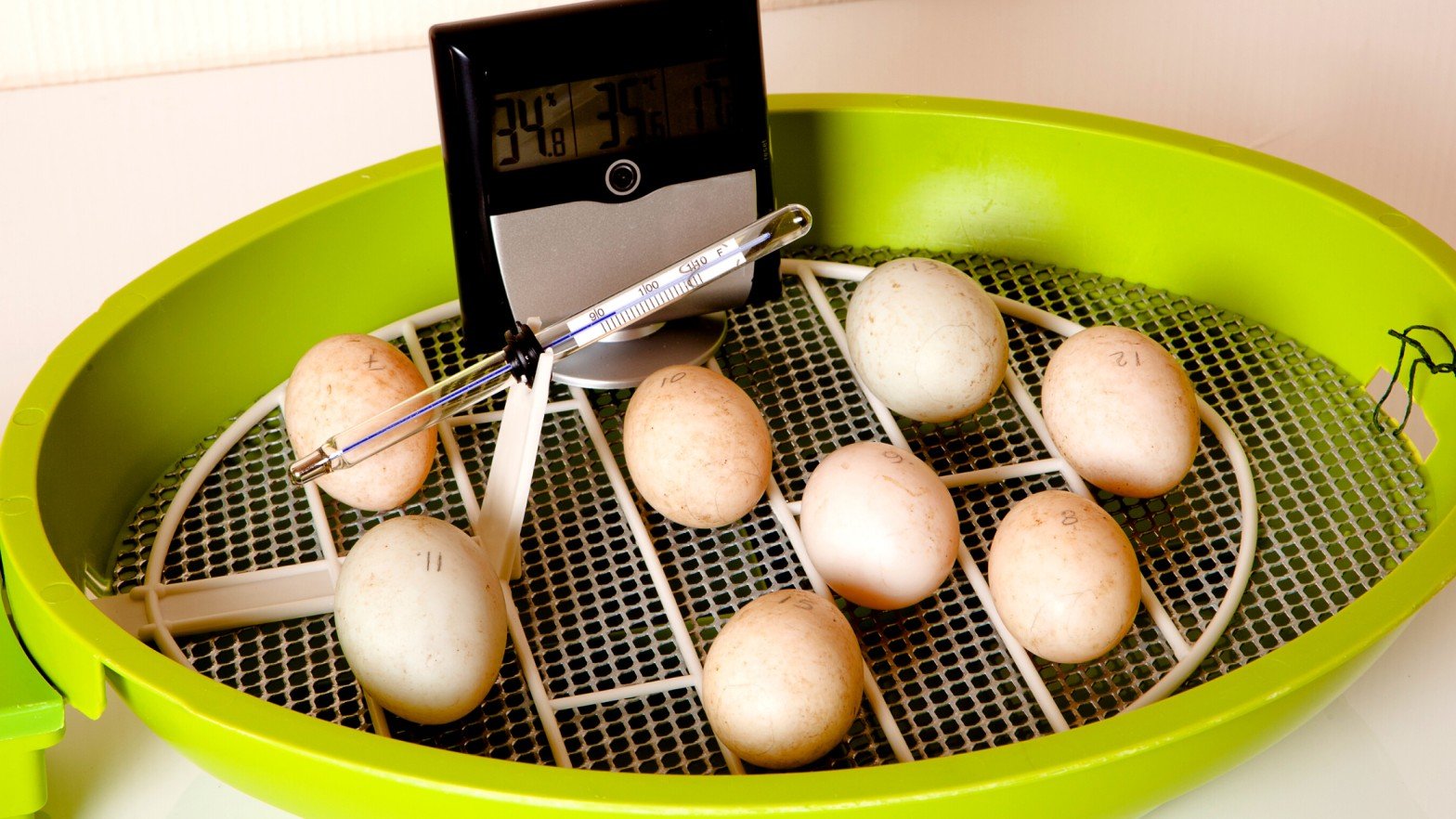
If you have a Peking duck breed, there is a high chance that she won’t sit on her eggs. This is because Peking ducks are less broody than the mallard breed. If you find yourself in a situation where your duck won’t sit on her eggs and wish to hatch her egg clutch, you need to have an incubator.
It is important to note that duck eggs are bigger than chicken eggs. Hence, it would help if you got an incubator that can handle large eggs. You will also need a thermometer for measuring temperature during the artificial incubation period.
When your duck hatches the eggs, ensure you do not wash them. Instead, store your eggs in a cool location pointing downwards. The place you keep the eggs should be cool. Please leave them in this position till you are ready to put them in the incubator. It is advisable to begin incubation almost immediately because your duck eggs stand less chance of hatching the more they are kept out of an incubator.
Setting Up Your Incubator
Of course, before you start incubating your duck eggs, you need to set up your incubator. Keep in mind that duck eggs need to be incubated for twenty-eight days, and they also need to be kept at a higher temperature than that of chicken eggs. Duck eggs should be held at a temperature of 99.3-99.6 degrees Fahrenheit.
Remember that one of the uses of an incubator is that it mimics the conditions an actual duck mother will provide her duckling. So that means that you need to set the humidity of your incubator. The incubator’s humidity should be set between 44% to 55% for the first twenty-five days. The humidity should be set to 65% in the final three days.
In setting your incubator, we advise that you use an automatic one. This would make the settings easier for you. An automatic incubator allows you to set the temperature and humidity to the right numbers. However, if you can’t go for an automatic incubator, you can use a manual incubator. But this means that you will need to turn the eggs yourself.
The eggs should be turned from side to side 180 degrees at least five times daily. If you do not turn it right, your duck eggs won’t hatch successfully. You are using the temperature and humidity settings we have given you in this paragraph; set up your incubator in a place that isn’t directly under the sun.
The ideal position should also not be a place that experiences strong drafts. Don’t place your duck eggs immediately after you set up and turn on the incubator, allow your incubator to set up for one to two days before placing your eggs.
Steps to Incubating Your Duck Eggs
Now that your incubator is set up, it’s time to start incubating your duck eggs. Below are the steps.
Step 1
Start by marking one side of your eggs using a pencil. This would help you know which side is turned up when you start turning your eggs.
Step 2
The next step is candling. Candling is important in ensuring your eggs do not have a hairline crack. How can you candle? You can candle by flashing a flashlight through the shell while cupping the egg with your palm. If the light passes out visibly from the other end of the egg, there is a hairline crack, and the egg should be discarded.
Step 3
For the third step, place your duck eggs in the incubator. Ensure that your incubator isn’t in a place with direct sunlight. Remember that the ideal temperature for the full 28 days of incubation is 99.3-99 degrees Fahrenheit.
Step 4
Now that you have placed the eggs make a mental note to turn them. Turning them is one of the most critical aspects of incubation. The more you turn the eggs over, the higher the chances of the eggs hatching. The eggs should be turned at odd numbers each day. The ideal number of turning times should be between five to seven times.
Step 5
When it is day five, it’s time to candle again. However, this time you aren’t candling to see any hairline cracks; you are candling to see if there is egg development. You will see some veining and development if your eggs are fertile.
Step 6
On the tenth day, you candle again. This time the candling will show an expansion of the air sac. On the tenth day, you need to cool your eggs down using water. The cooling time should be about thirty minutes.
However, as you cool, ensure the eggs’ temperature does not go below 86 degrees Fahrenheit. That is why you should always have your thermometer on hand. The cooling action isn’t just for the sake of it. It stimulates the periods when the mother duck leaves the nest to stretch her legs and eat. Remember we told you that the whole point of artificial incubation is to simulate a birth mother duck’s natural pregnancy.
Step 7
When it’s day seven, stop turning the eggs. Once it is day 25, stop spraying water on the eggs. Usually, at this point, the little ducklings will set themselves in a ready-to-hatch position. Please don’t touch the eggs any longer until they hatch.
Step 8
It’s day 28. Day 28 is hatch day. Increase humidity to 80% and allow more air into the incubator. Once you see your ducklings begin to hatch, don’t open the incubator door because opening the door may allow humidity to escape. Like when baby robins hatch, they take breaks as they make their way out of the egg. It’s the same for ducks. Ducks may even take as long as 48 hours.
Yes, we know you don’t like seeing your new ducklings struggling to escape their shell. However, you must resist the urge to help out ducklings that can’t make it out of the egg. Ducklings that are helped out of the shell will become slow and may often be trampled by their siblings. So, the best way to help them is by not helping them.
Proceed to reduce the temperature and humidity as the hatching process begins to finish. Once the ducklings are dry, please place them in a brooder that already has food and water.
How Often Do Ducks Lay Eggs?
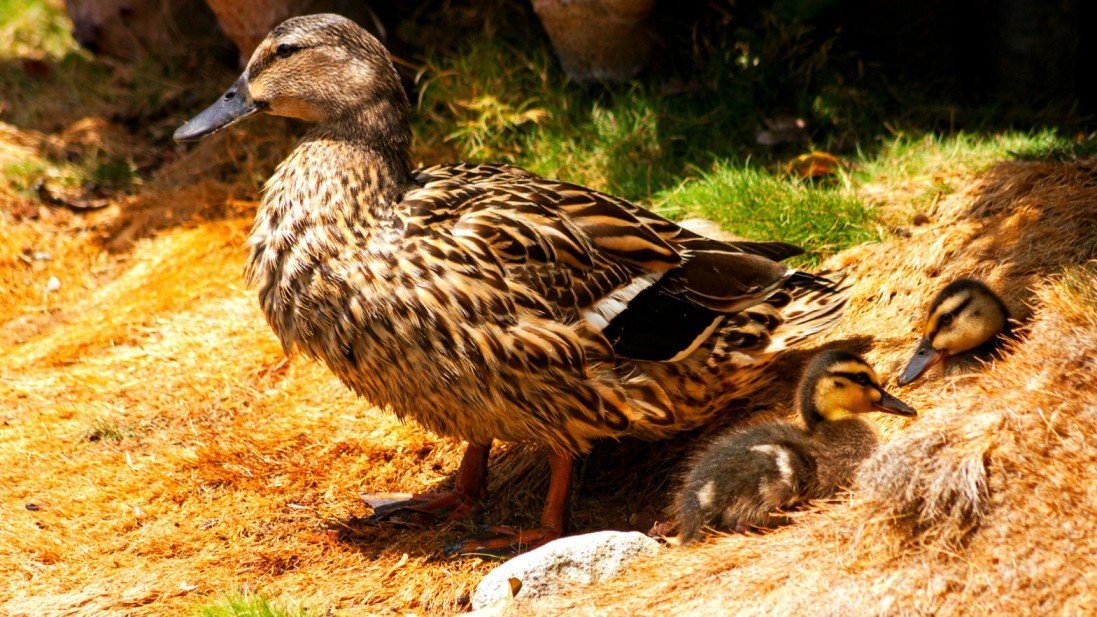
The frequency of how ducks lay eggs depends on the breed. Some duck breeds lay more eggs because they have evolved to do so. Some also lay more eggs because humans have genetically altered them because of egg production.
In captivity, ducks begin to lay eggs at five to seven months. When they are in the wild, ducks begin laying in the spring. Spring is the start of the breeding season for ducks. Just like other birds, ducks lay in clutches and will continue to lay until they reach the desired number. They lay about eight to eighteen eggs. However, this number varies from species to species.
How Many Eggs Will a Duck Lay Before She Incubates Them?
Ducks will usually lay between eight to eighteen eggs before she sits on them. Ducks lay many eggs in case any of the eggs are taken by a predator. Humans have manipulated this process by taking away the eggs when laid, causing the duck to keep laying more every day.
Duck breeds that can go broody will not enter the broody stage until they lay the clutch number they want. Some duck breeds sit on their egg without even getting up to drink or eat. Talk about a dedicated momma! However, during the incubation period, ensure that you keep water and food close to the momma duck.

